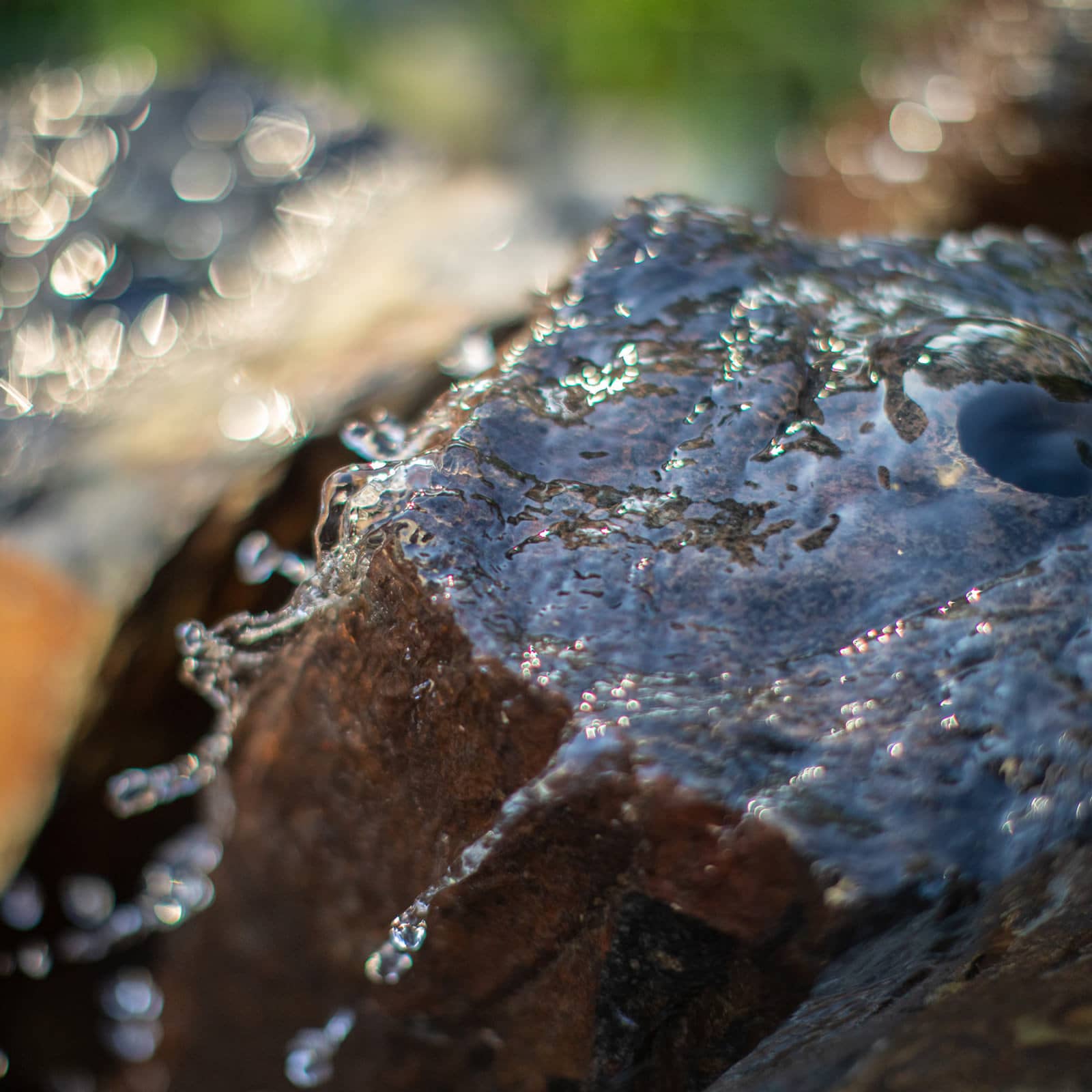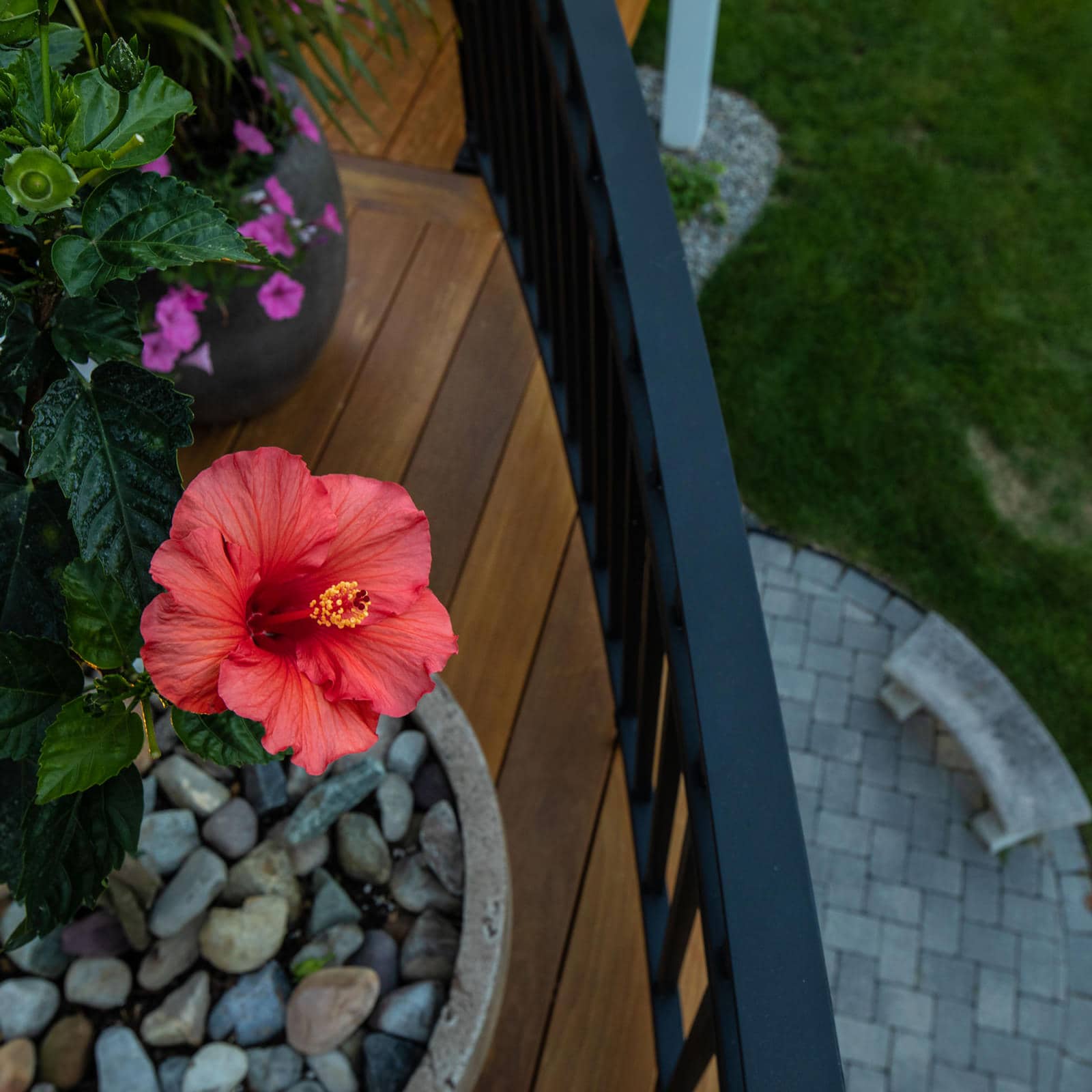Landscape Spotlight: Japanese Anemone
Posted August 24, 2017 in Blog, Plant and Tree
Asters and chrysanthemums may be a few of the most popular and plentiful autumn blooms, but they are not the only flowers that aim to delight in the late season garden! While lesser known, but no less in appeal, Japanese Anemones also bring a delicate and sweet touch of wonderment to the autumn landscape.
Rich in varying heritage, the ethereal Japanese Anemone, despite its name, is not even from Japan! History has it that the early European settlers first set their eyes on this flower when exploring Japan; little did they know that the flowers had been imported and cultivated by the Japanese gardeners for generations! From this instance, the Europeans labeled this flower Anemone Japonica, and it stuck. This flowering plant is also commonly known as windflower, of which the Greek work “anemos” means wind and “anemone” translates to the daughter of the wind. Greek folklore says that the Roman scholar Pliny Elder declared that these flowers were opened by the wind, and that’s how it was known. With such varying and rich histories from around the globe, today you may find that these anemone plants are most frequently labeled Anemone Hupehensis, or Chinese anemone. It has since been discovered that this plant is a native of the Hupeh province in eastern China and was first discovered growing in a cemetery in Shanghai in the mid 1800s.
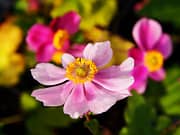
Depending on the selected variety for your garden, the anemone’s shallow saucer-like petals may be a single or double petal orientation and either plain or ruffled in formation. Anemones look beautiful massed together to create a focal point within the garden, but they also work quite well mixed in with the other fall bloomers like goldenrod and aster. You may also find that utilizing these graceful giants will balance wonderfully against the substantial players in the autumn landscape such as hostas, ferns and ornamental grasses! However, no matter which anemone selected and how gentle and elegant they may seem, you can rely on this hardy and dependable perennial to hold its own and return year after year to engage the senses.
Recommended to be planted in the spring, anemone needs about a year or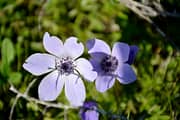
Notably flowering as early as June and continuing as far into November as possible, the appearance of the anemone flower buds is one of the first indications that summer is coming to a close and the cooler and shorter days are on their way. Keeping a low profile in your landscape all summer long, and coming to colorful life when your garden is fading and needs it most is a characteristic that makes this plant a must-have for your property. From the first breezes of autumn to bringing another year to a close in the garden, this plant is worth prominent placement within the garden.
MasterPLAN Landscape Design has an extensive background in low maintenance plantings and are experts in the field of outdoor living! We are eager to share our knowledge with our clients, as education is the key to success. If your property feels uninspired and you would like to discuss your outdoor living desires , reach out to MasterPLAN. We specialize in backyard transformations that not only look beautiful, but are custom-tailored to function best for you and your family! When you are ready to chat about the backyard of your dreams, we are ready to listen!
Join Our Newsletter
Stay up to date with what is happening with MasterPLAN Outdoor Living.
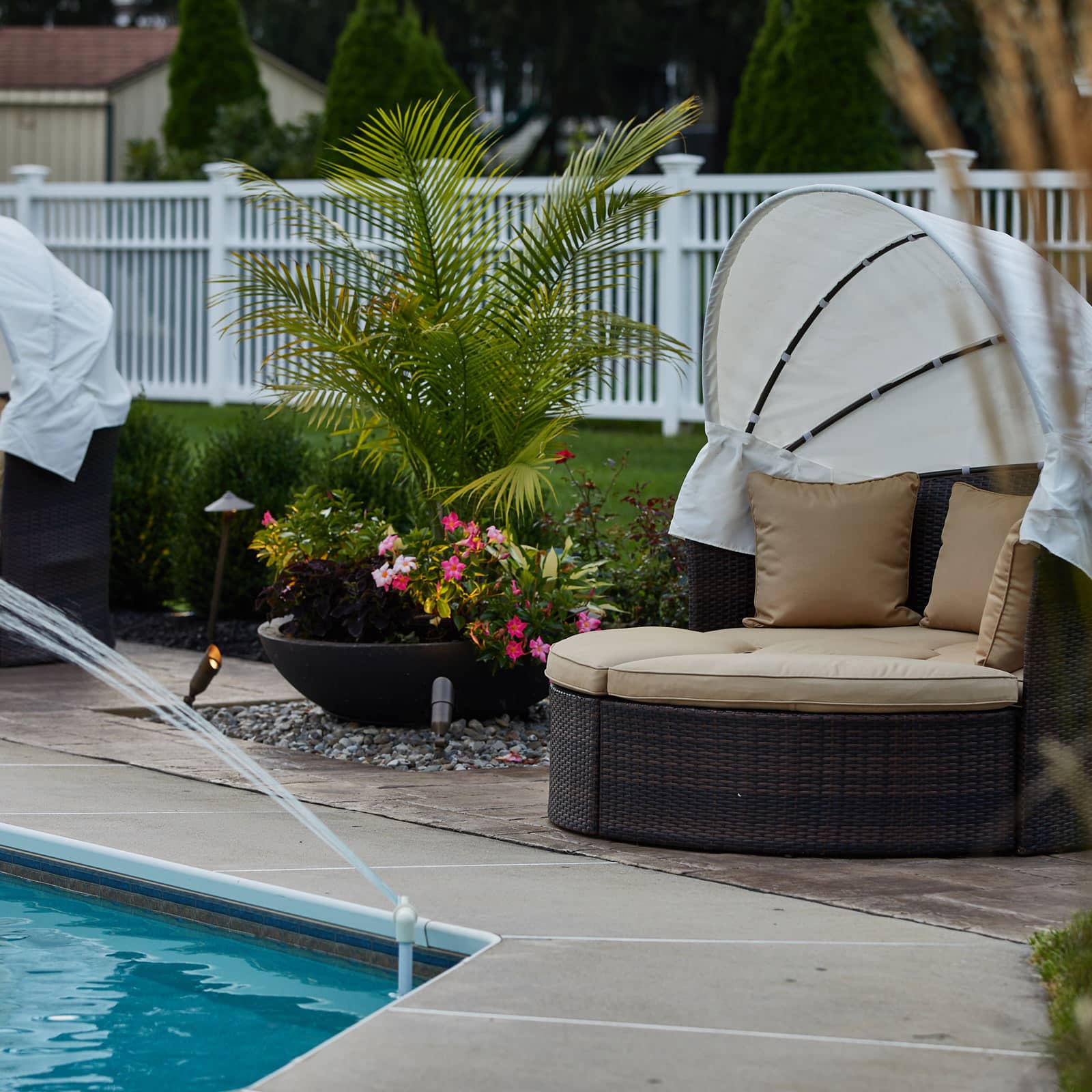
It’s the details that make each MasterPLAN project feel like home.

Have you ever seen fiber optics incorporated into a concrete bar top?! Check out this amazing and custom MasterPLAN feature…
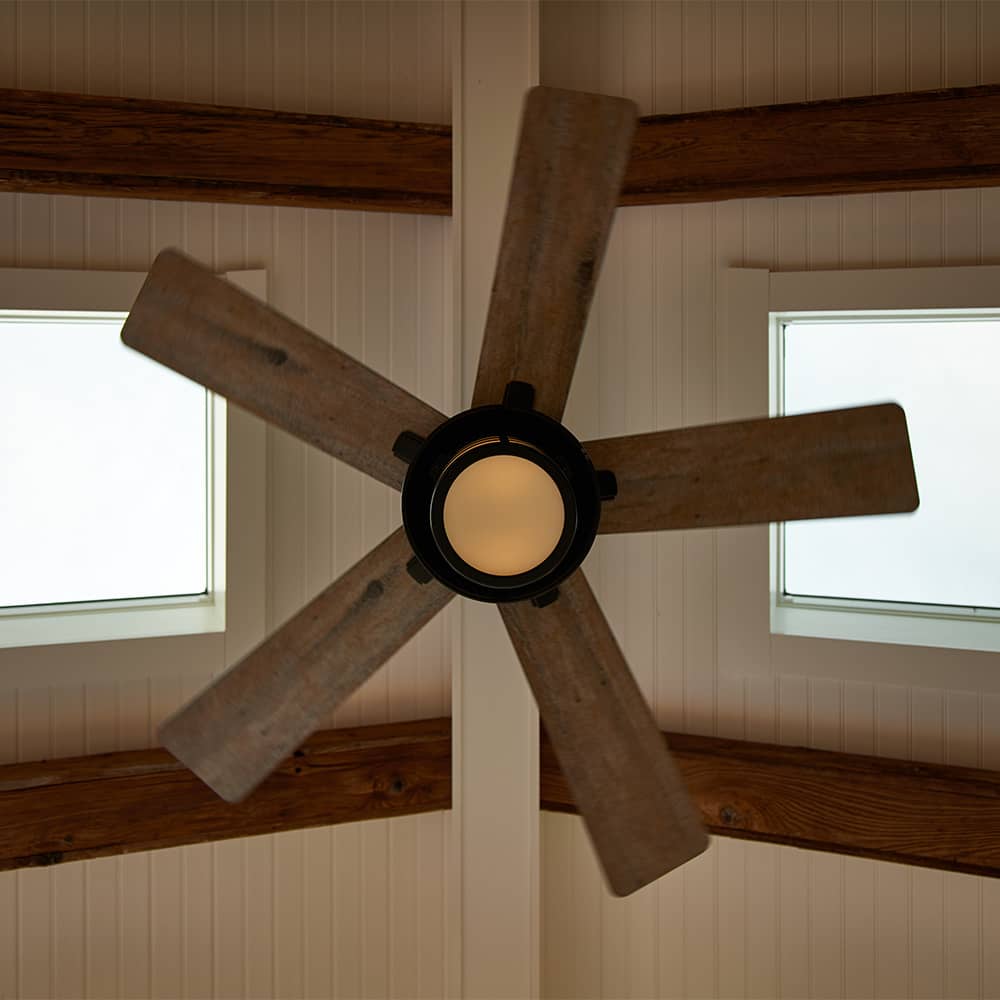
Every MasterPLAN project includes exceptionally creative design, unmatched craftsmanship and precise execution. This is our promise to you!
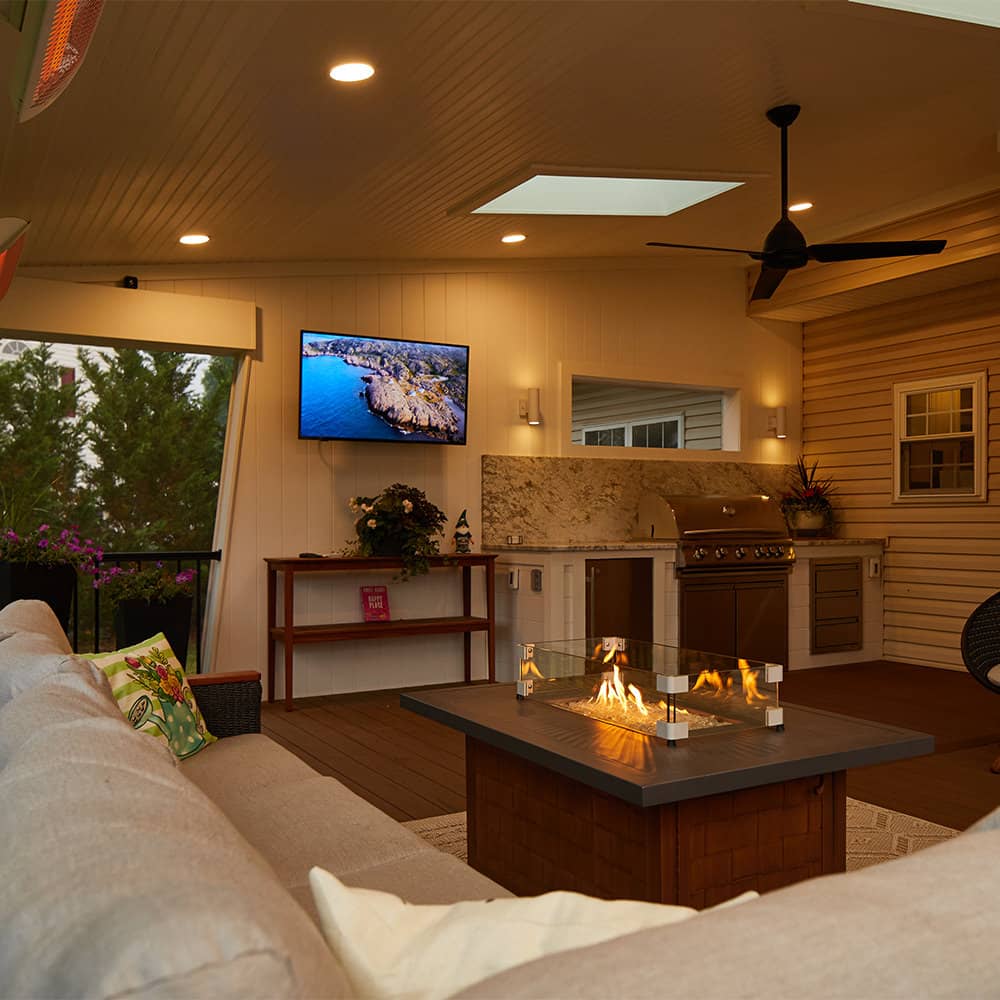
If you don’t see the value in a built-in fire feature, a fire table can accomplish the same ambiance and enjoyment for a fraction of the cost. Invest that money saved into a feature your family will use all the time!

No planning, traveling or ticket purchase needed when your favorite vacation spot is right in your own backyard!
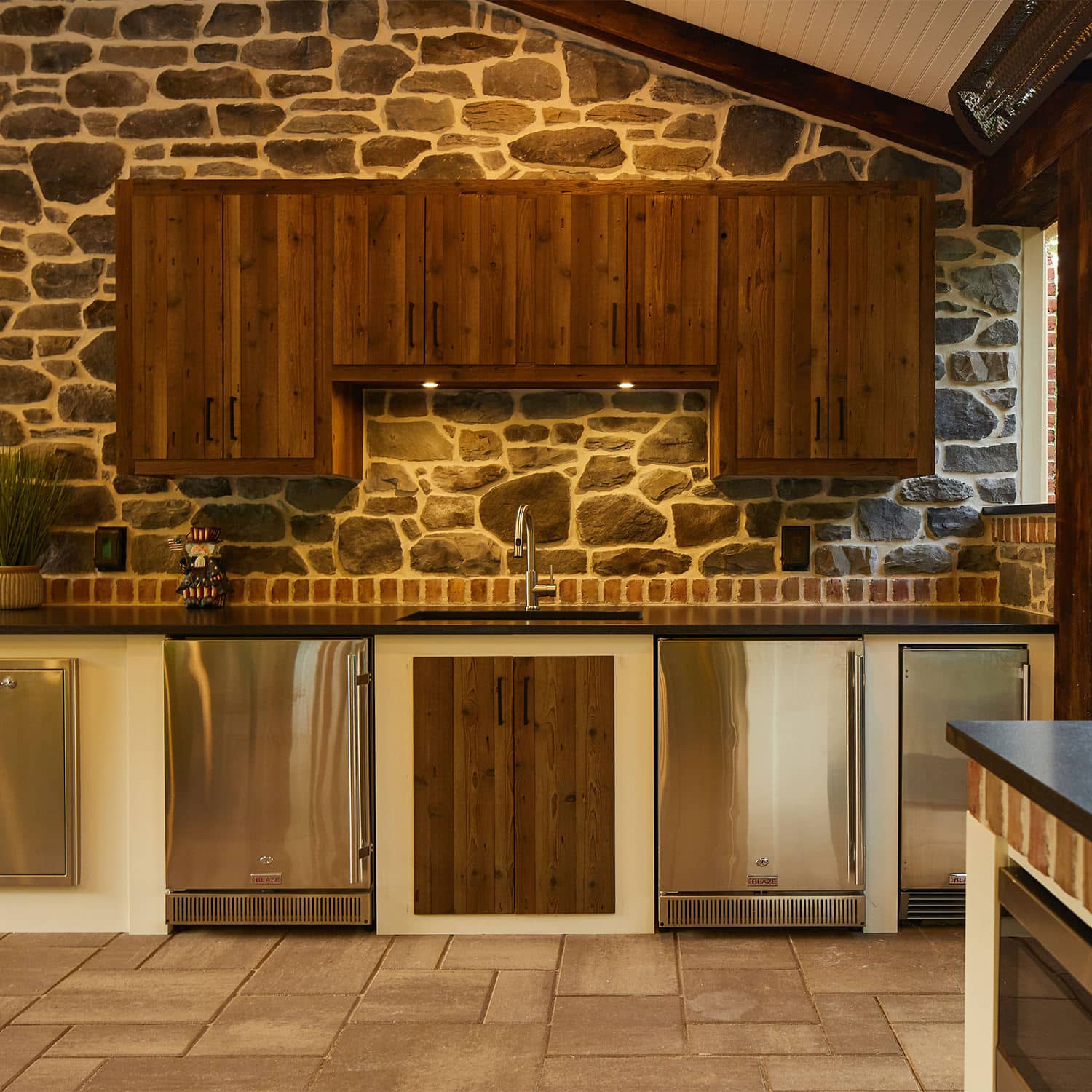
Materials shouldn’t compete with each other in an outdoor living space. Let’s explore the materials carefully selected for this MasterPLAN project in Allentown.

This lovely couple from Bethlehem feel like they are on vacation everyday in their own MasterPLAN created backyard!





